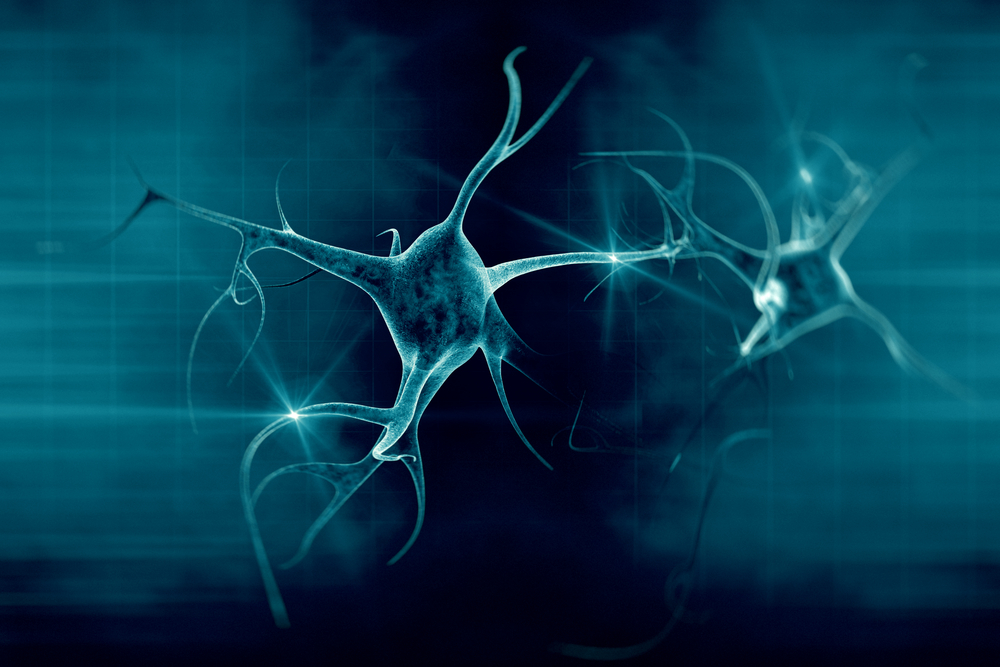Human Skin Cells Successfully Converted into Motor Neurons

Scientists have discovered how adult skin cells can be converted into motor neurons without transitioning them through a stem cell state.
The findings promise to help researchers better understand motor neuron diseases, such as amyotrophic lateral sclerosis (ALS).
The study, “MicroRNAs Induce a Permissive Chromatin Environment that Enables Neuronal Subtype-Specific Reprogramming of Adult Human Fibroblasts,” was published in the Cell Stem Cell journal.
Growing motor neurons — the nerve cells damaged in ALS — from easily obtained cells is a promising approach to treating motor neuron diseases. But the process has been hampered by scientists’ lack of understanding of all the molecular players that regulate the process.
Researchers at the Washington University School of Medicine in St. Louis have identified four molecular players that allow skin cells to convert themselves into motor neurons.
Prior studies had used differentiated cells — those with an assigned function — to make a new cell type. But first cells needed to enter a stem cell state, creating so-called induced pluripotent stem cells, or iPS. Under the right conditions, iPS could be reprogrammed into any cell type.
The process the Washington University researchers use does not require skin cells to enter the iPS stage. Instead, they’re directly converted into motor neurons. This has many advantages, including overcoming ethical issues, since this pluripotent state is similar to embryonic stem cells.
Also, by skipping the stem cell step, the motor neurons retain the age of the skin cells, and consequently of the donor. For research purposes, cell age is an important factor when researchers are studying neurodegenerative diseases that develop at different stages of life.
“In this study, we only used skin cells from healthy adults ranging in age from early 20s to late 60s,” study lead author Andrew S. Yoo, an assistant professor of developmental biology, said in a press release. “Going back through a pluripotent stem cell phase is a bit like demolishing a house and building a new one from the ground up. What we’re doing is more like renovation. We change the interior but leave the original structure, which retains the characteristics of the aging adult neurons that we want to study.”
Building on the team’s previous findings, the researchers exposed skin cells to two small RNA molecules, called microRNAs, which they knew were highly enriched in the brain. MicroRNA-9 and microRNA-124 were important for converting skin to motor neurons but the process remained incomplete.
After trying a number of combinations, researchers found that adding two transcription factors – ISL1 and LHX3 – to the mix led to the skin cells being converted into spinal cord motor neurons. The process required 30 days.
Combining microRNA-9 and microRNA-124 with ISL1 and LHX3 remodels the cells’ genetic material, folding up the genetic material for making skin, and unfolding the instructions for making motor neurons.
The team said the newly converted neurons shared characteristics of normal mouse motor neurons, but further studies are needed to assess whether the converted neurons are perfect matches for human motor neurons.
“Our research revealed how small RNA molecules can work with other cell signals called transcription factors to generate specific types of neurons, in this case motor neurons. In the future, we would like to study skin cells from patients with disorders of motor neurons. Our conversion process should model late-onset aspects of the disease using neurons derived from patients with the condition,” Yoo concluded.






